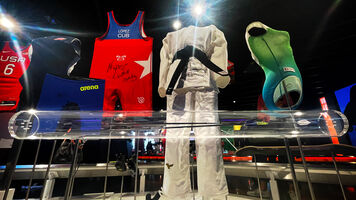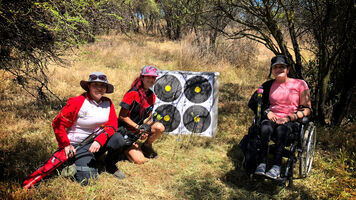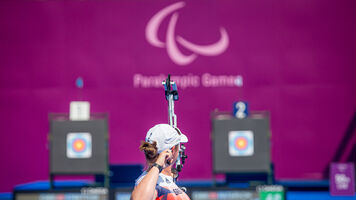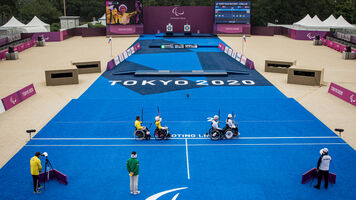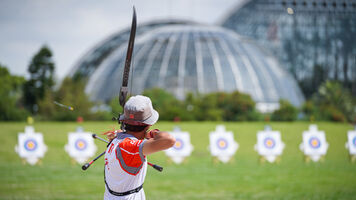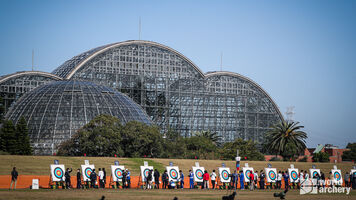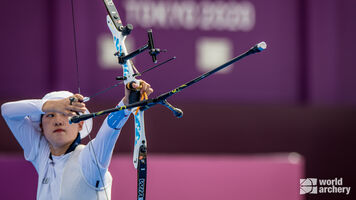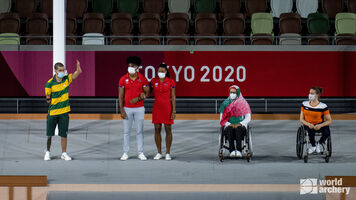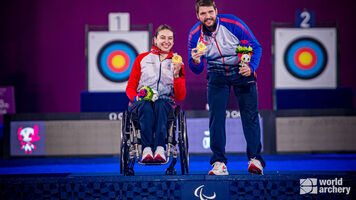Seven things we loved about the Tokyo 2020 Olympic Games
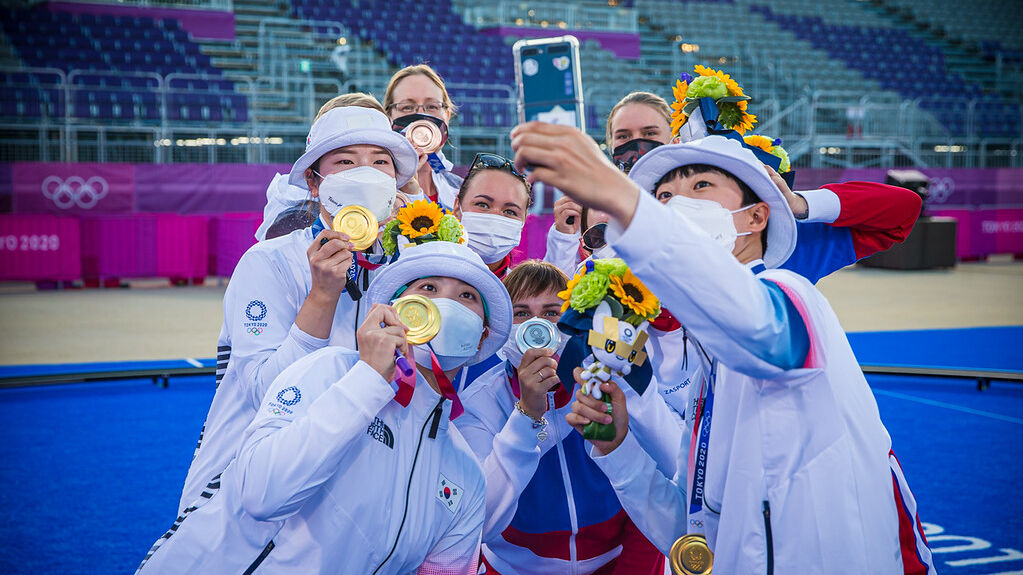
It was a long five years in the making, but the archery competitions delivered an epic show at the Tokyo 2020 Olympic Games.
The athletes did not shy away from the moment, compiling record-setting performances and introducing themselves to the wider audience that the Olympics attract with some of the best shooting the sport has ever seen.
All in all, the Games were full of memorable moments, overcoming the unique circumstances and lack of spectators to bring a level of joy and excitement that was consistent with Olympics of the past.
Here are seven things we loved from Tokyo 2020.
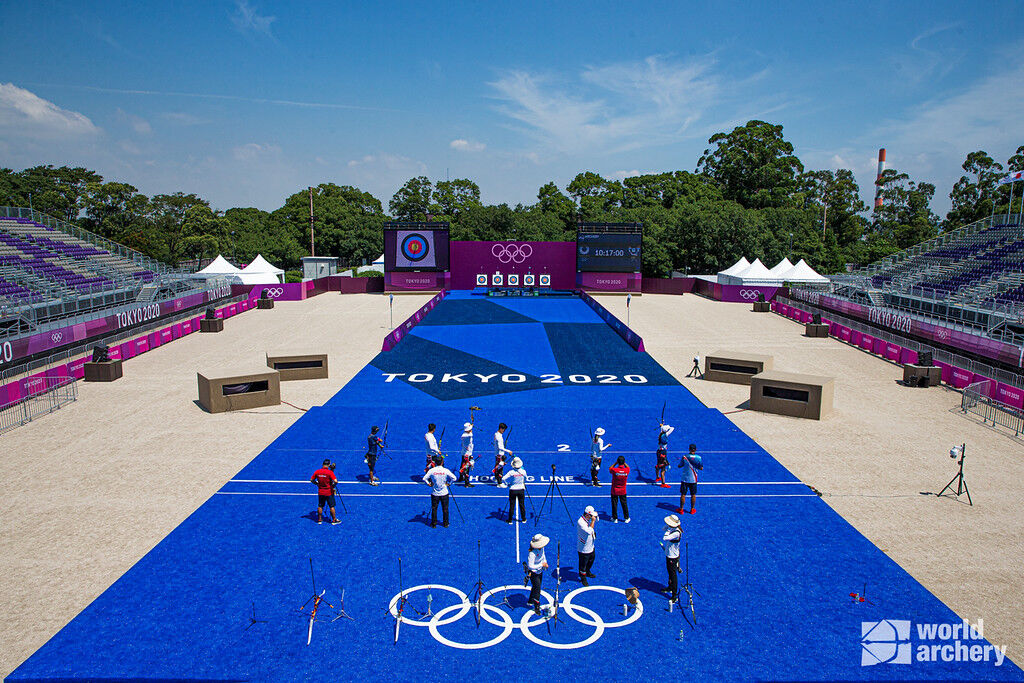
1) The arena
The matchplay field built at Yumenoshima Park has been regarded as one of the greatest constructed for an Olympic Games – for spectators, the media and staff alike. There was a fantastic view from literally anywhere you cared to be, as well as a sense of proportion and theatre to the entire venue. It was a shame that spectators weren’t able to experience it.
There was fastidious attention to detail across the entire site, ranging from decorative flower pots emblazoned with ‘archery art’ made by local schoolchildren to origami in (of all places) the toilets – just a couple of the touches implemented to remind everyone they were somewhere special.
The ranking round field will remain a permanent competition venue for years to come. But the temporary finals arena will be remembered as one of the biggest and best ever seen, long after it’s deconstructed.
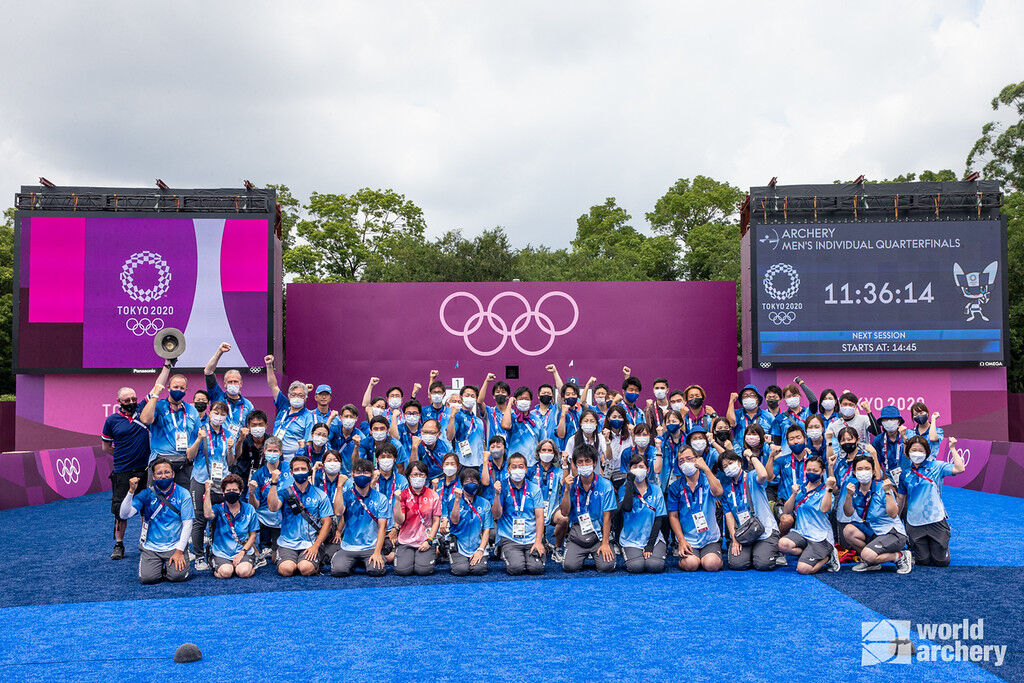
2) The crew
It’s become commonplace to thank the volunteers after each Olympics and note that, without their help, it couldn’t have happened. That’s because, at every Games, it’s absolutely true. The volunteers at Tokyo 2020, however, deserve extra credit for completing incredibly long days in some of the most difficult conditions of heat and humidity – much hotter than previous Olympics.
No shortcuts were taken to make sure the matches ran smoothly and the athletes and staff were happy and stayed cool, and everyone commented on just how polite and organised everyone was.
As the saying goes: teamwork makes the dream work.
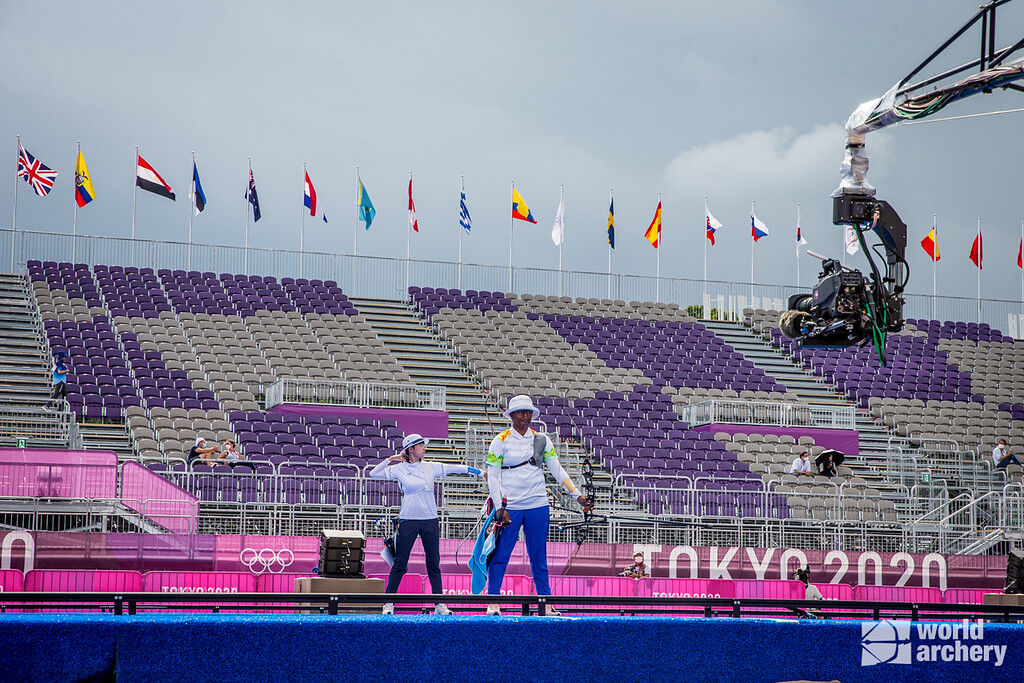
3) The heart rate monitors
One of the most commented-on innovations by the international media was the use of heart rate monitors to broadcast live biometric data during matches.
Special cameras in the arena allowed for the information to be measured remotely from cameras.
The technology had been a long time coming, but it proved its worth as part of the spectacle, communicating a normally hidden part of the athlete experience to the spectator. It gives archery a lot more to offer as a television sport. More high-tech innovations, including potentially arrow tracking, are planned for the future.
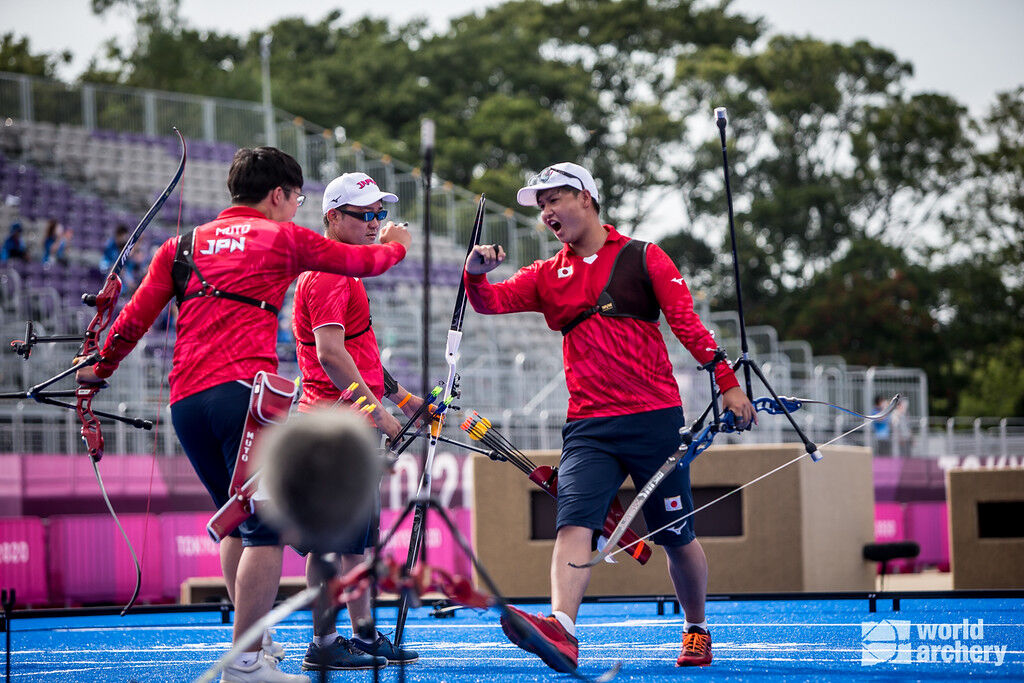
4) The hosts
The Olympic host nation hadn’t taken an archery medal at a home games since 2008.
Japan’s recurve teams hadn’t been big performers on the international circuit for a little while – and weren’t mentioned a great deal in the build-up to the tournament. However, on home turf, they delivered, with both men’s and women’s teams qualifying in fourth place, the men’s team taking bronze and Takaharu Furukawa taking another individual medal, nine years after his first.
Japan also put two women into the last 16 and Ren Hayakawa gave eventual champion An San perhaps her toughest match of all. As with so many other aspects of Tokyo 2020, in difficult circumstances, Japan stepped up and delivered.
5) Instagram
Tokyo 2020 may not be the first ‘social media Olympics’, but it was perhaps the one where it fully came into its own, especially for athletes, some of whom were adept at telling stories. News on all platforms flashed around the world far faster than traditional media could, and crucially, added new ‘backstage’ dimensions. Social media has given everyone a digital expansion of the collective experience and has transformed ways in which the audience can experience a big sporting event.
Seeing the footage of the Turkish Olympic delegation dancing in the village at the news of Mete Gazoz’s medal, or seeing a photo on An San’s Instagram feed get half a million likes in the space of an hour, gave some insight into how close fans can feel to athletes.
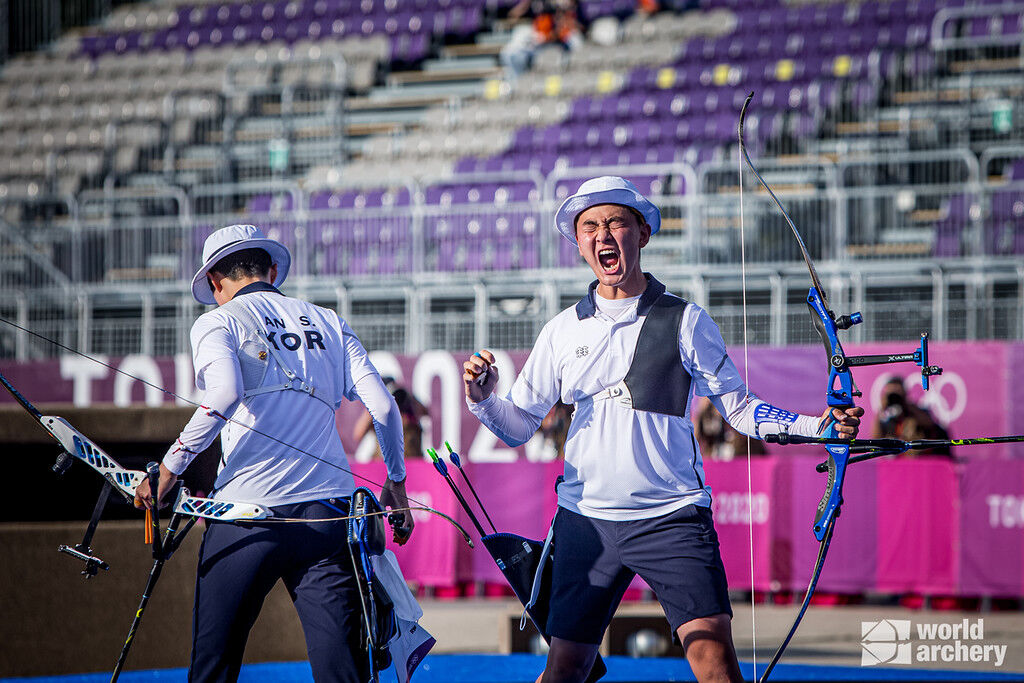
6) The mixed team event
It was a long time coming to the Olympics, but it turned out to be one of the most interesting competitions of all. History was made as the mixed team event was shot for the first time on the first Saturday of the Games; the first archery event to award a medal. It was originally intended to be included at Rio 2016, but a number of logistical and organisational issues prevented it.
Several other sports at Tokyo also added a mixed team event. It displays a very public sporting commitment to equality and diversity, without increasing the number of athletes competing. Tokyo made it clear that archery’s mixed team opens the podium possibilities to a wider pool of nations.
The mixed team’s addition to the Olympics has also increased the investment from some national federations for women competing in archery. It’s great news that it’s finally, and firmly, part of the programme.
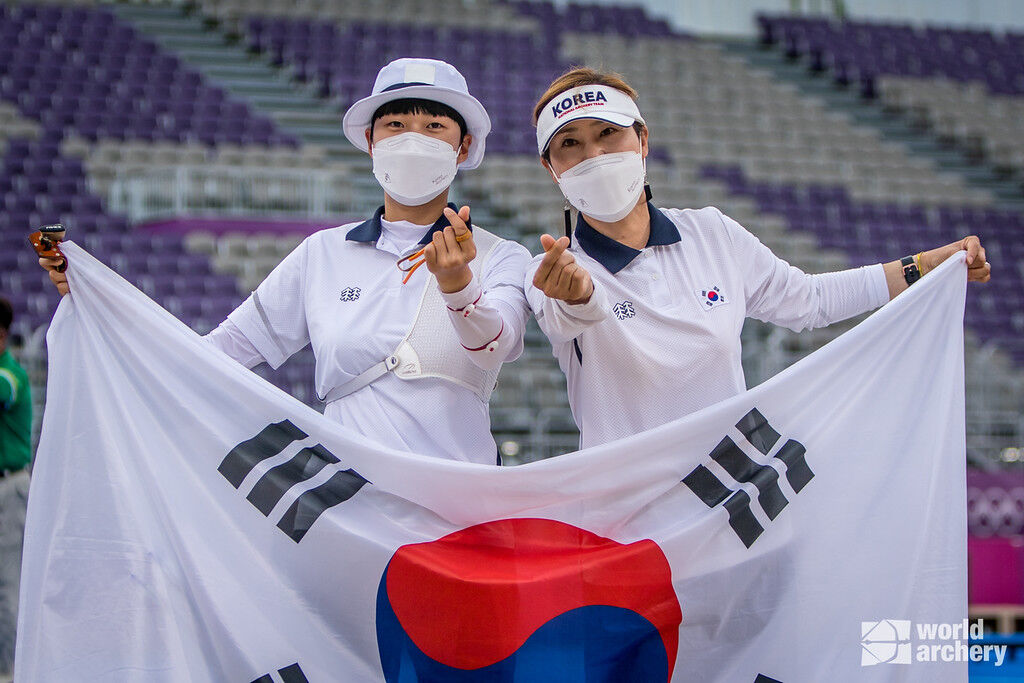
7) Triple gold
An San became the first athlete representing Korea to win more than two gold medals at a single Olympic Summer Games – in any sport, ever. “Her pride is our pride,” Moon Jae-In, the president of the country, said in a statement that night, also praising the athlete’s ‘steely’ focus.
Her most remarkable achievement was the individual competition. Despite Korea’s dominance in the women’s team event, An San ended up as the sole Korean woman remaining in the latter stages, as it became clear that many other elite women were right up there with her. She was tested against the very toughest opponents, leading to two final-four shoot-offs – and somehow came through them all.
(She also toppled a 25-year-old Olympic record during qualifying, of course).
When asked if she considered herself one of the best archers in Korean history, she said: “I don’t think I am. Three gold medals doesn’t mean that.”
History, however, may prove her wrong. An also has shouldered becoming a huge star and Olympic hero overnight, with the difficult publicity that comes with it. There were many amazing performances in Tokyo, but An San’s three golds will be remembered forever.


